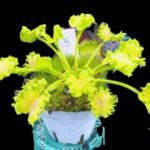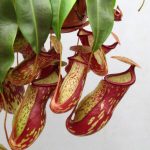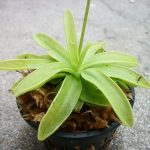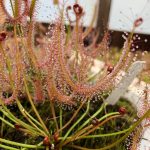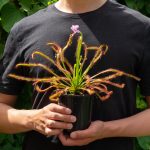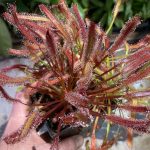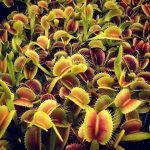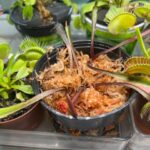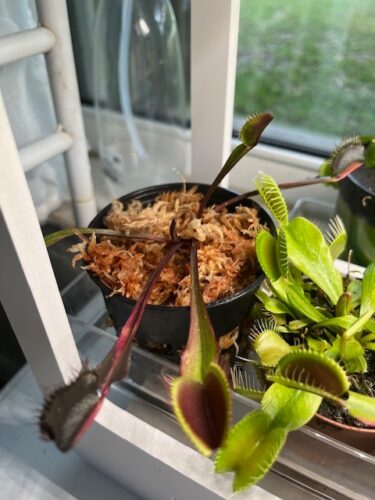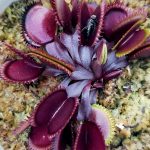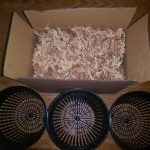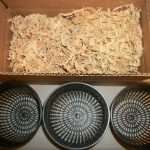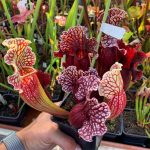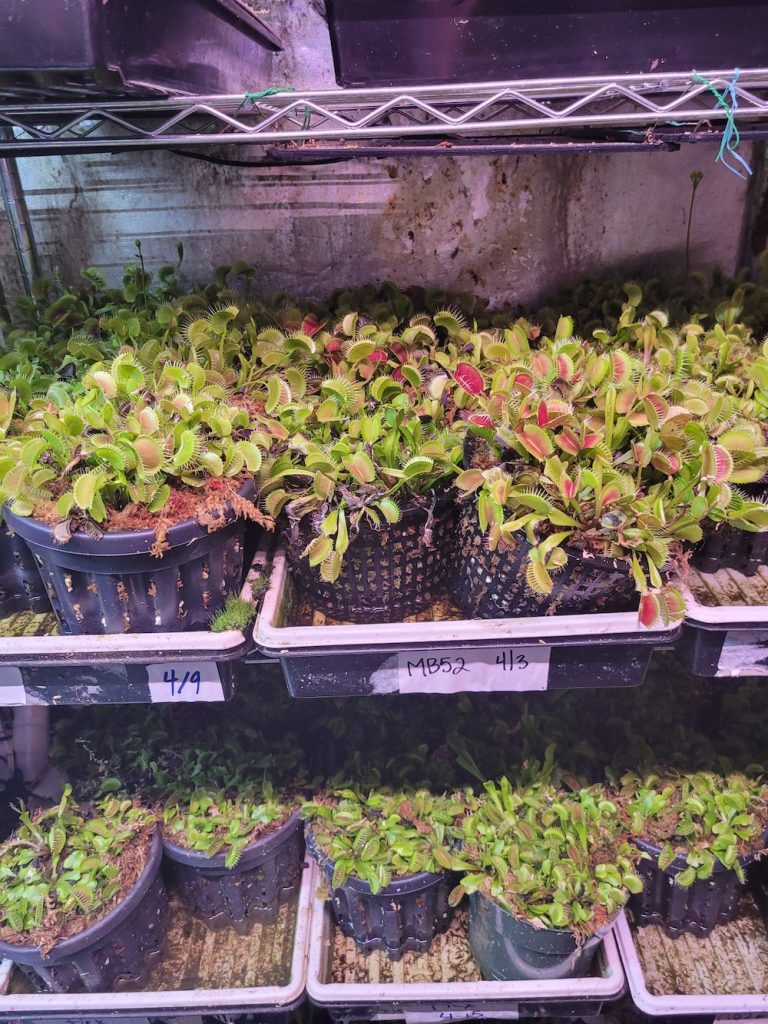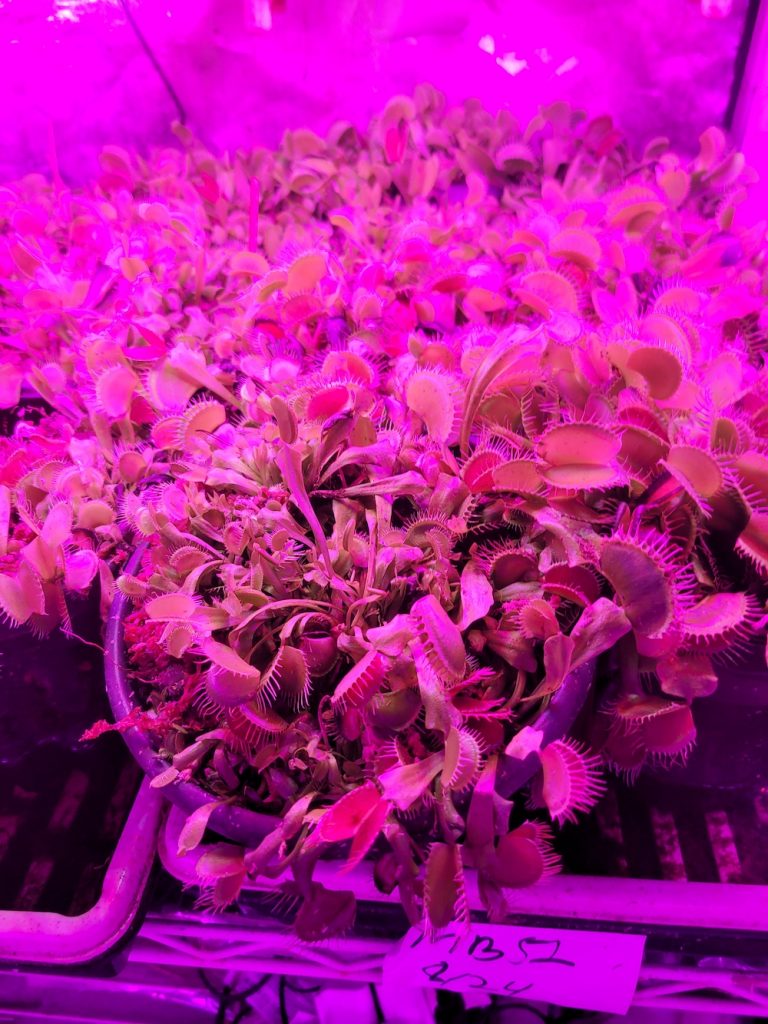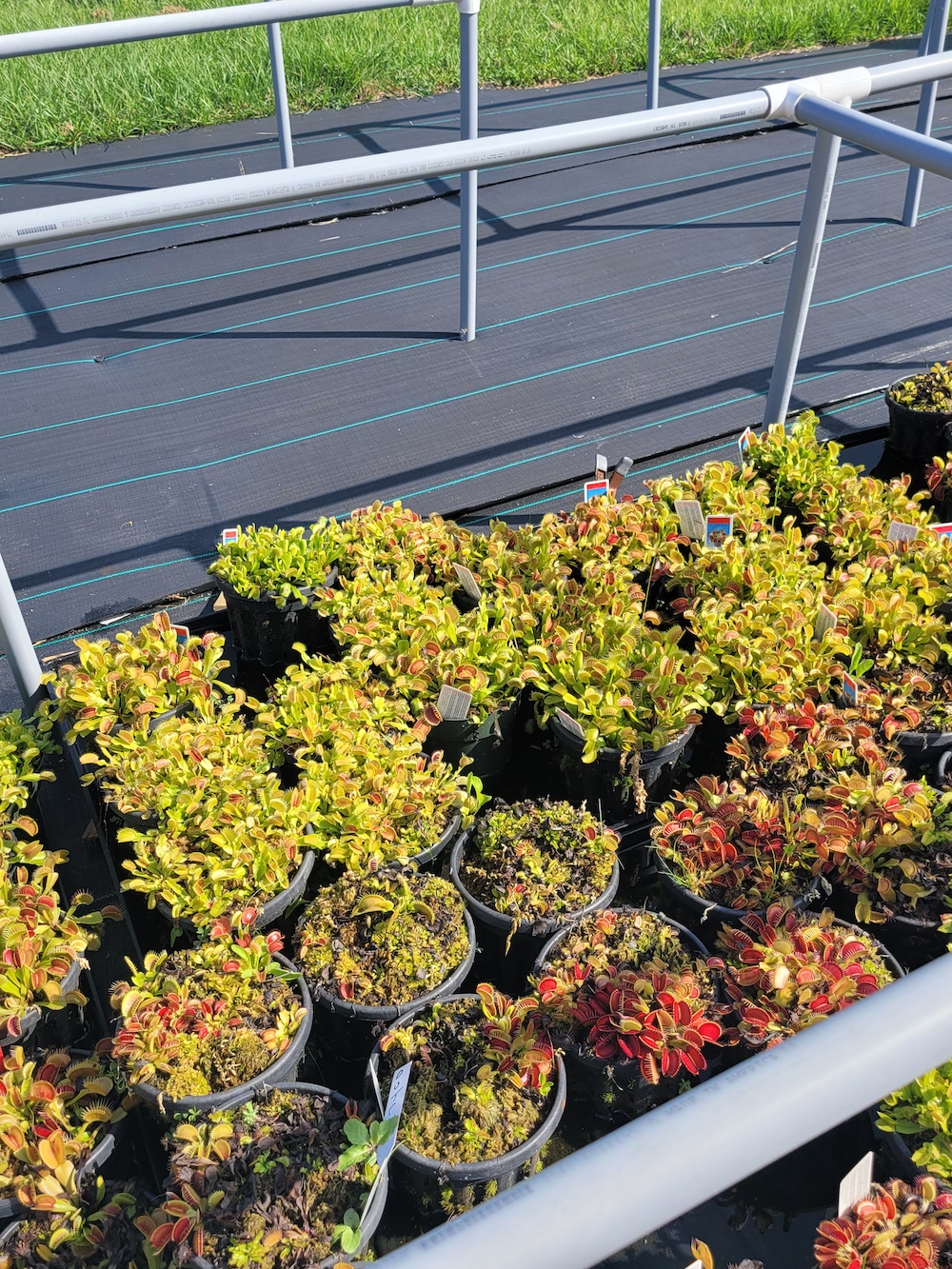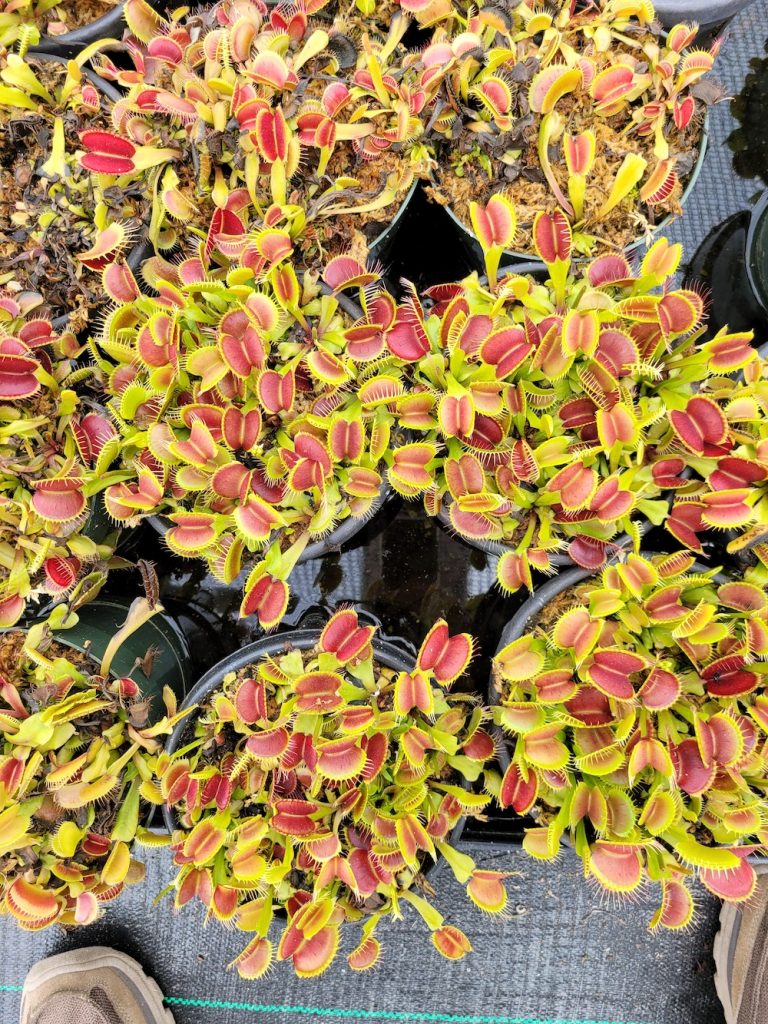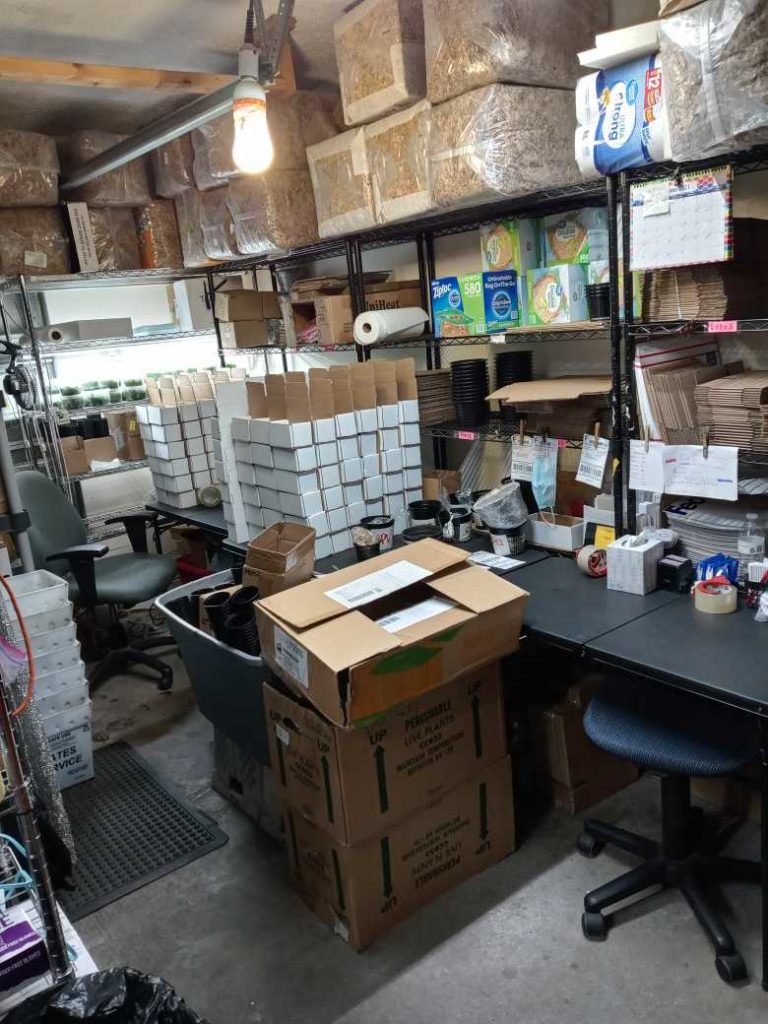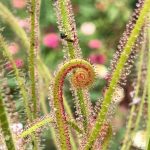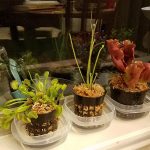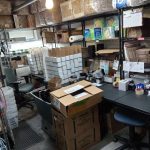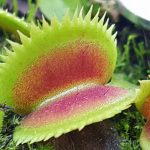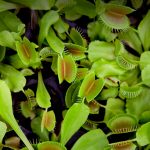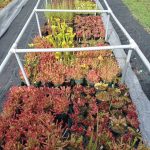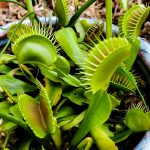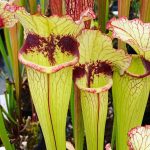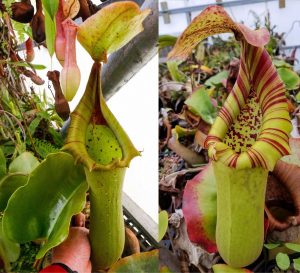Why Buy From CarnivorousPlants.com?
Are you looking for plants that eat insects? Explore our selection of rare and exotic plants and build your collection!
Source: https://www.carnivorousplants.co.uk/
Latest Customer Reviews (View All)
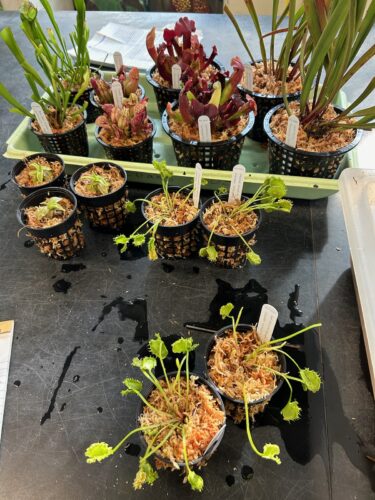
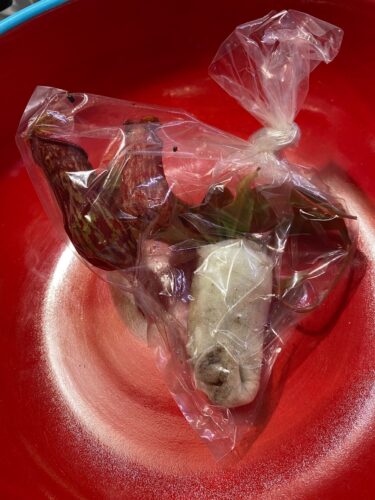
The plants have arrived and they’re just lovely, thank you! Small problem, I ordered 2 of the St Gaya and only got one.
Attached are a coupl...More
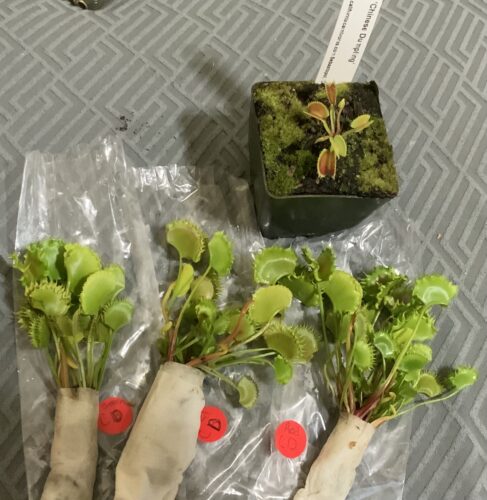
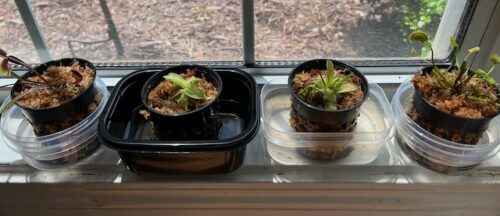
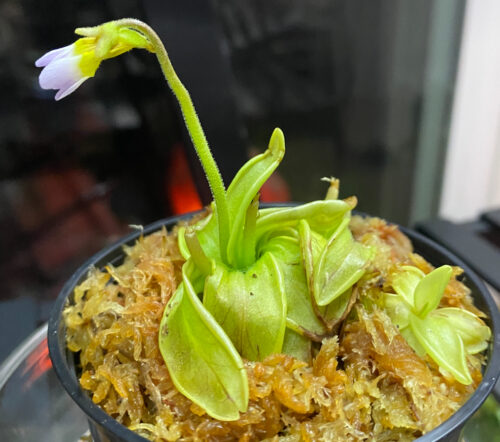
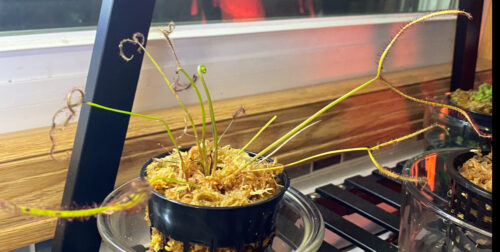
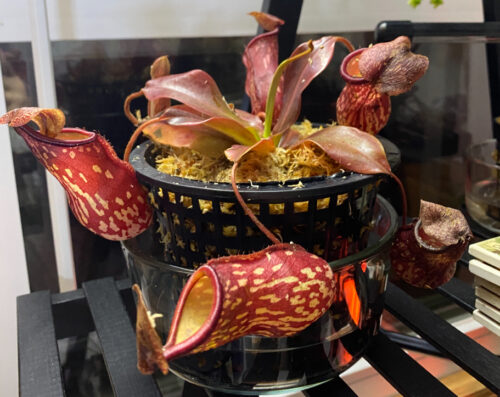
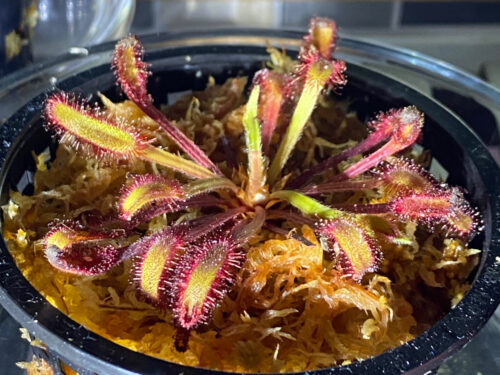
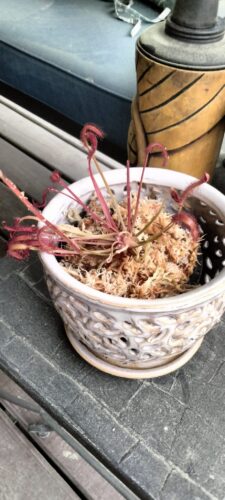
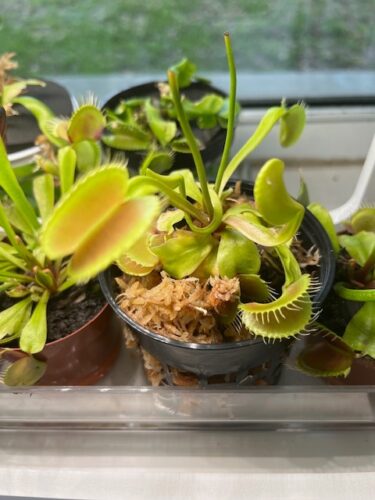
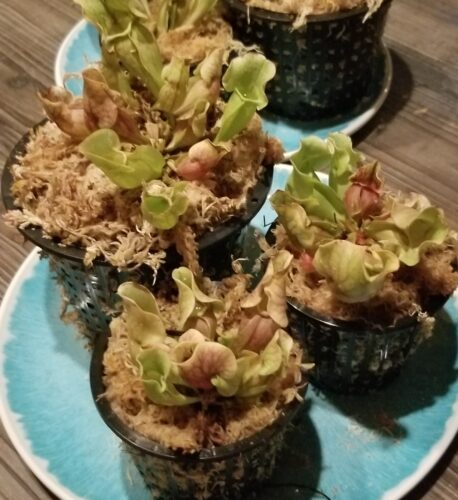
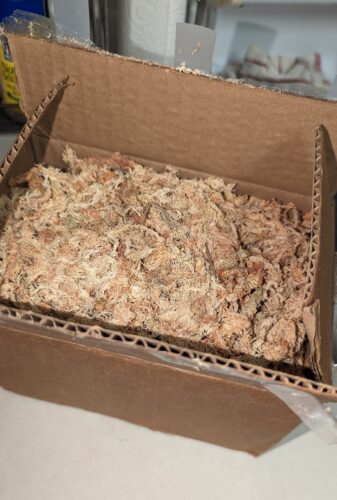
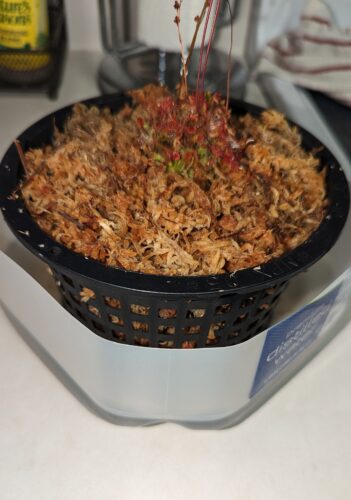
FYI, if you're wondering about how big of a tray to use with these pots, they do fit in 1-gallon jugs that have been thoroughly cleaned and cut down in height. They are not the prettiest drip trays, but they will work until I find better-looking ones.
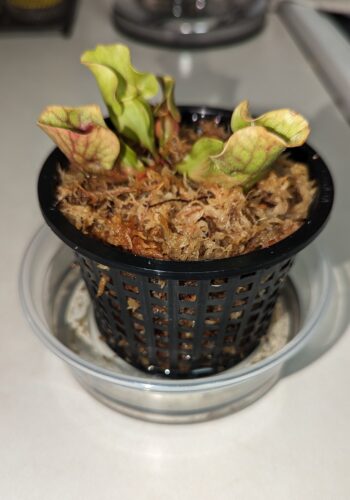
Once again I am super happy with my purchase!
From our nursery to your collection: how we grow your plants!
An exciting behind-the-scenes look into our operation.
Shop Now | Stock List
Why Purchase From CarnivorousPlants.com?

We’ve been in business selling carnivorous plants full time since 2009.
When you make a purchase from our website, you are supporting an American family-owned local business. Our plants put food on our table and make our livelihoods possible. God bless America and long live the USA.
We only sell tissue-cultured, propagated, and seed-grown plants.
We never have and never will possess any wild-harvested plants in our facility. Part of what makes this hobby exciting for us is knowing we are doing our part to preserve nature through educating customers and providing them with genetically superior plants that have withstood the tests of time and demand.
We offer the most generously-sized carnivorous plants on the market.
The top photo shows a Venus flytrap we recently shipped to one of our customers. The bottom photo was emailed to us from a customer showing a competitor’s flytrap they bought and received. Both plants were labeled “large” on the respective websites they were purchased from. The photos speak for themselves.
You can rest assured that when you receive a “large” plant from us, it will indeed a large (if not larger) plant. We walk the extra mile to ship customers the largest plants available in the market. In fact, one of our “large” plants would likely be classified as a “monster” or “mother plant” on a competitor’s website for triple or quadruple the price if they listed the identical plant.
Free shipping!
Believe it or not, each of our carnivorous plants comes with free standard shipping, which typically takes between 2-6 days upon purchase. Due to the sheer volume of plants we ship, we have negotiated shipping rate savings, which we pass onto our customers. Expedited and overnight options exist for additional cost.
We breed some of the rarest and most desirable cultivars.
We offer rare cultivars of certain plants that are highly sought after by collectors. For example, we are fully stocked with the King of all Venus flytraps: the famous B52. We also have Dente, King Henry, and Akai Ryu (Red Dragon) varieties in stock at all times.
Our carnivorous plant prices are the lowest on the market.
We offer the lowest carnivorous plant prices on the market. We can afford to do this due to the sheer volume of plants we sell. We sold over 2MM individual plants in 2020 alone. Since we breed and propagate all of our own plants, we pass the savings along to our customers.
We only sell stable, healthy, and hardened plants.
One of the biggest problems in the carnivorous plant industry today is that many specimens are grown and sold in conditions that are very gentle. Unfortunately, many customers do not have the ability to match these gentle conditions that many of the plants they purchase have been grown in their entire lives. As a result, many hobbyists purchase carnivorous plants that needlessly die–not because carnivorous plants are difficult to keep alive and grow, but because the plants being purchased have not been hardened. Our hope is that our state of the art nursery will create a revolution in the carnivorous plant industry in the USA– permanently changing this so that carnivorous plants, not just ones sold by us, but by other plant vendors as well, will be sold in more hardened conditions so that more collectors may enjoy this hobby without as many setbacks.
Our plant inventory is consistent and well-stocked.
We estimate the carnivorous plant hobby is rapidly growing at 15% per year. We are the largest carnivorous plant sellers in the world by volume. In our state of the art facility, we strive to maintain consistent and stable year round inventory to quench our customers’ insatiable demand for plants. Each plant you see on our website is available for sale.
Our return policy protects customers.
Each order submitted through our website is backed up by our competitive and robust return policy. In the extremely rare event something happens to your shipment as a result of USPS or FedEx screwing up, we will immediately replace your entire shipment without any cost to you.
Shop Now | Stock List
The case for meat-eaters: if eating meat is a sin, then why are some plants carnivorous?
— Siddharth Katragadda, Author
Carnivorous plants are plants that derive some or most of their nutrients from trapping and consuming animals or protozoans, typically insects and other arthropods. However, carnivorous plants generate energy from photosynthesis. Carnivorous plants have adapted to grow in places where the soil is thin or poor in nutrients, especially nitrogen, such as acidic bogs. Charles Darwin wrote Insectivorous Plants, the first well-known treatise on carnivorous plants, in 1875. Carnivorous plants can be found on all continents except Antarctica, as well as many Pacific islands.
 Five basic trapping mechanisms are found in carnivorous plants:
Five basic trapping mechanisms are found in carnivorous plants:
- Pitfall traps (pitcher plants) trap prey in a rolled leaf that contains a pool of digestive enzymes or bacteria.
- Flypaper traps use a sticky mucilage.
- Snap traps utilise rapid leaf movements.
- Bladder traps suck in prey with a bladder that generates an internal vacuum.
- Lobster-pot traps, also known as eel traps, force prey to move towards a digestive organ with inward-pointing hairs.
These traps may be active or passive, depending on whether movement aids the capture of prey. For example, Triphyophyllum is a passive flypaper that secretes mucilage, but whose leaves do not grow or move in response to prey capture. Meanwhile, sundews are active flypaper traps whose leaves undergo rapid acid growth, which is an expansion of individual cells as opposed to cell division. The rapid acid growth allows the sundew tentacles to bend, aiding in the retention and digestion of prey.

